Polyploidy/Duplication
Polyploidy is a process in which organisms gain extra sets of chromosomes due to the duplication of existing chromosomal material. It is a common occurrence in plants, and is also found in some animals and fungi. Polyploidy can result from a variety of events, such as unbalanced meiosis, errors during mitosis and hybridization. The consequences of polyploidy are complex and can be beneficial, neutral, or deleterious, depending on the species, environment and other factors. In eukaryotes, polyploidy can lead to an increase in gene expression, allowing for new traits and functions to be expressed. Polyploidy can also lead to increased hybrid vigor, allowing for increased genetic diversity and adaptability. Finally, polyploidy can help organisms better respond to environmental conditions by increasing the number of genes and alleles that can be expressed. In short, polyploidy can be a powerful evolutionary force, allowing organisms to quickly adapt to changing environmental conditions.
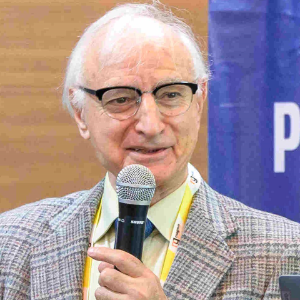
Mohammad Babadoost
University of Illinois, United States
Srinivasa Rao Mentreddy
Alabama A&M University, United States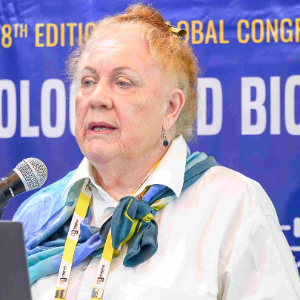
Mary Cole
The University of Melbourne, Australia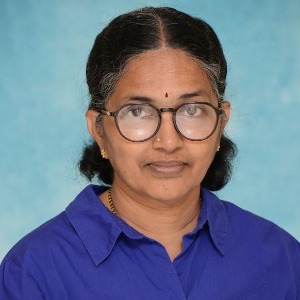
Satya S S Narina
Virginia State University, United States
Sara Hailemariam
Purdue University, United States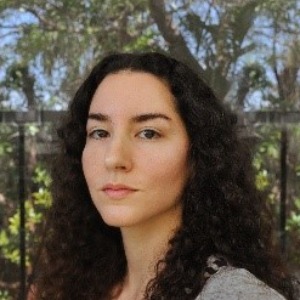
Carla Cao
Universidad de Murcia, Spain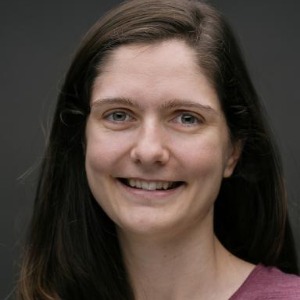


Title : Exploring the genetic diversity in tannin-rich forages to explain the large intra species variability in tannin content
Selina Sterup Moore, Aarhus University, Denmark
Title : Isolation and functional properties of biomolecules of plants and its application
Balagopalan Unni, GEMS Arts & Science College (Autonomous), India
Title : Primed for the future: PGPR and the promise of sustainable, heritable crop resilience
Prashant Singh, Banaras Hindu University (BHU), India
Title : Revealing allelic variations in candidate genes associated with grain yield under salinity stress between two contrasting rice genotypes
Nisha Sulari Kottearachchi, Wayamba University of Sri Lanka, Sri Lanka
Title : Adaptive strategies of Aristida L. species across ecological zones of Pakistan: Linking soil characteristics with morphological and physiological traits
Iram Ijaz, University of Agriculture Faisalabad Pakistan, Pakistan
Title : Ethnobotanical survey and abundance of weeds in selected Manihot esculenta (cassava) Crantz farms in Osun state, Nigeria
Dada Caleb Mayokun, University of Ibadan, Nigeria